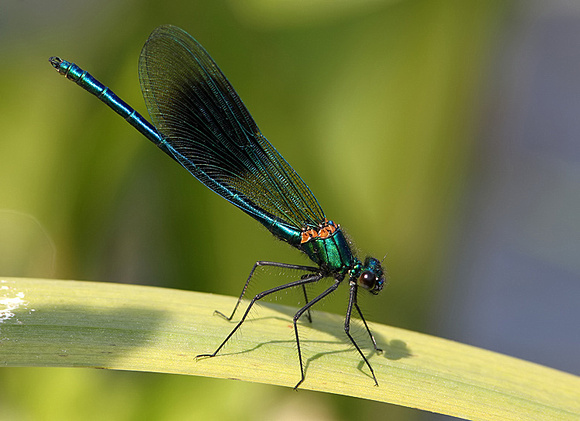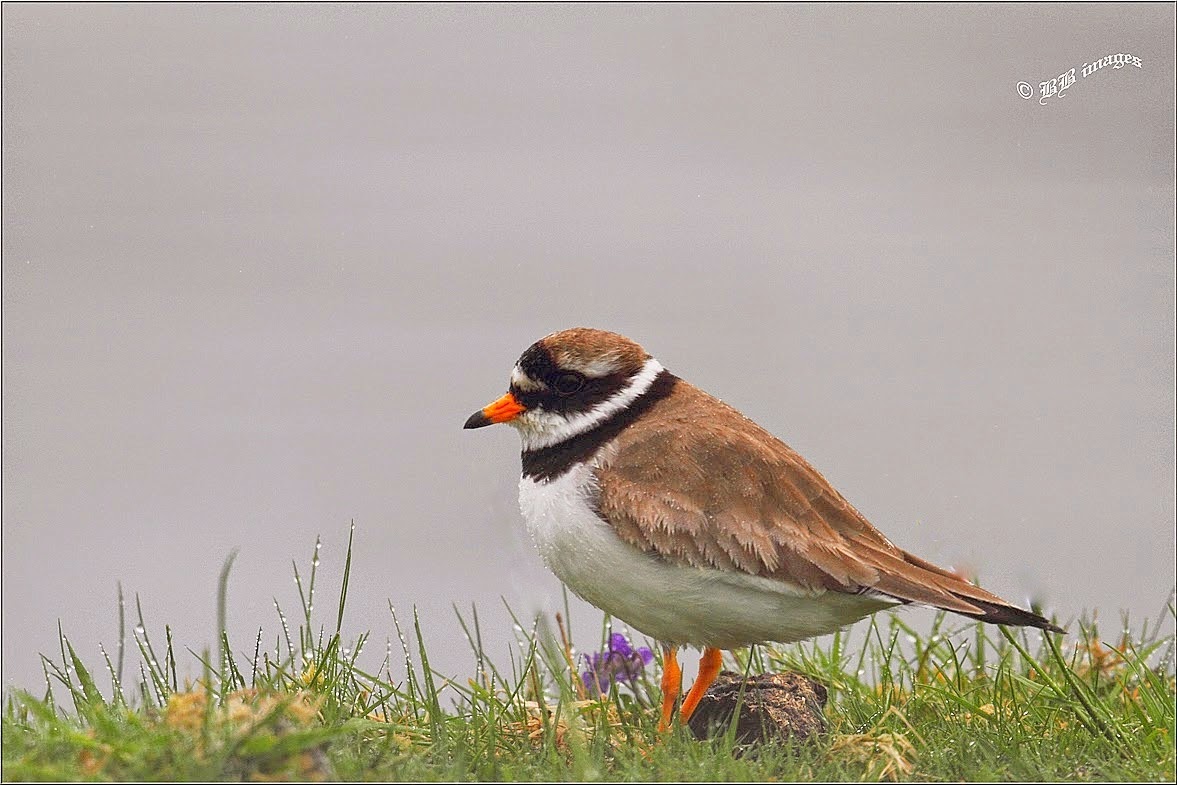I didn't have much spare time on my hands on Tuesday - and had none at all on Wednesday - but I was intent on checking 'The Plovers of Plover Scar' at high tide.
But I had time to first look in on Conder Pool to find the Common Tern still sitting with no sign of its mate. A Spotted Redshank was roosting with a small number of Redshank on the island to the right of the viewing screen, 5 Common Sandpiper, 2 Snipe, and a Little Egret were in the creeks.
I almost stayed put in my car ready to abandon the visit to Cockersands which offers panoramic views across the bay and out into the Irish Sea to always give a clear indication of the weather which on this ocassion was that it was going to 'P' down anytime soon. But such was my intent that I pushed my luck and off I went. On my way to the scar I had an excellent sighting of at least 120 Tree Sparrow in two groups of c.80/40, 10 Greenfinch, and 8 Linnet.
Dunlin Phillip Tomkinson
With the tide well up Plover Scar was reduced to a smaller area above water and the pair of Ringed Plover and three young were soon located. Also on the scar, c.40 Dunlin, 10 Ringed Plover, and a Whimbrel.
Storming Cockersands. Pete Woodruff.
Short but didn't end all that sweet, as the rains won the race and got to me before I could escape them. It took me all of 12 minutes to get back to the motor by which time I was a wet Mackerel once again. But I have to admit it was all worth while to find this scarce little breeding wader - along with the scarce breeding Common Terns - and still on the road to success.
Clouded Yellow.
A search through my records to find the following on 7 August 2006.....'Seen in thirty minutes along the sea wall between Fluke Hall and Cockers Dyke 12 Clouded Yellow were all on the wing and flying NE'....has prompted me to wonder if I'm going to see Clouded Yellow butterfly this August.
Clouded Yellow.
Clouded Yellow Marc Heath
A search through my records to find the following on 7 August 2006.....'Seen in thirty minutes along the sea wall between Fluke Hall and Cockers Dyke 12 Clouded Yellow were all on the wing and flying NE'....has prompted me to wonder if I'm going to see Clouded Yellow butterfly this August.














.jpg)



















